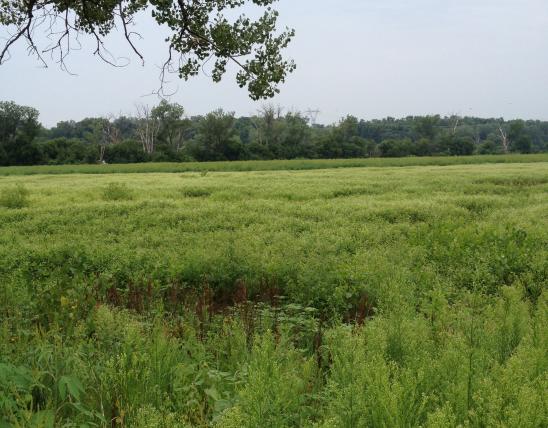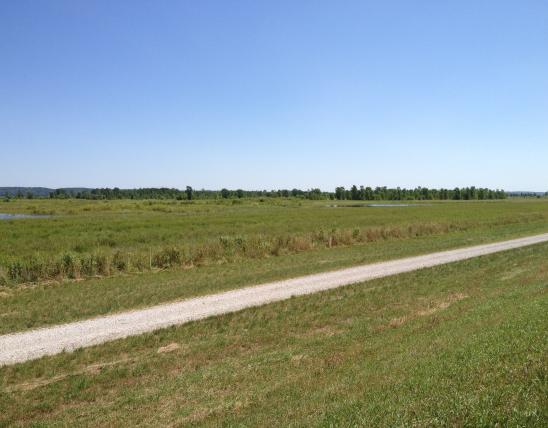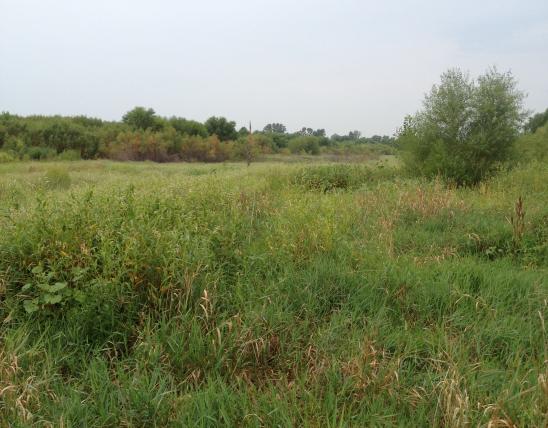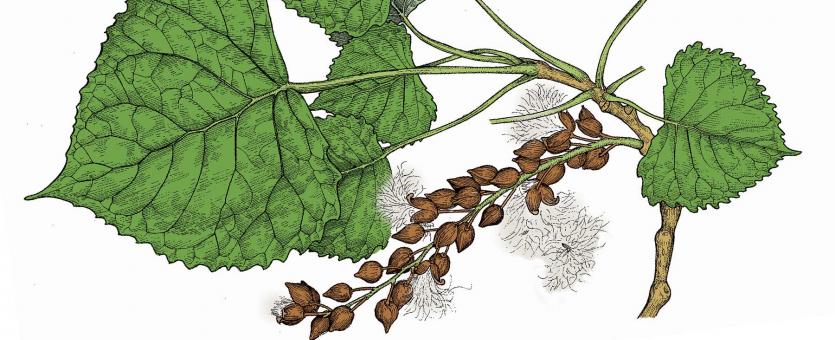
Cottonwood is a large tree with long, straight trunk and massive branches forming a rounded top.
Leaves are alternate, simple, 3–7 inches long, broadly triangular, abruptly pointed, with coarse teeth with tiny hairs, small glands at base of leaf blade; upper surface green, shiny; lower surface paler, smooth; leaf stalk slender, flattened.
Bark is thin, smooth, yellow-green when young; thick, corky, brown to gray, with deep, straight grooves and wide, flat ridges with age.
Twigs are stout, angular, yellowish to brown, smooth; pores prominent; bud at tip about ½ inch long, brown, with sticky bud scales.
Flowers March–May, male and female flowers in catkins on separate trees before leaves emerge; petals absent.
Fruits May–June, drooping catkins 5–10 inches long; capsules widest at base, about ¼ inch long, splitting into 2–4 parts; seeds brown, small, numerous, each with tuft of long cottony hairs.
Similar species: Six species in genus Populus have been found growing wild in Missouri. Cottonwood is the most common and widespread of the six. Swamp cottonwood (P. heterophylla) occurs naturally in swampy locations in the Bootheel; its triangular leaves are proportionally longer and have blunt tips. Bigtooth or large-toothed aspen (P. grandidentata) occurs only in a few locations in Missouri, and some of those might represent relict populations from when Missouri had a colder climate. Quaking aspen (P. tremuloides) is quite uncommon in our state, occurring only in a few locations in extreme northeastern Missouri. Lombardy poplar (P. nigra var. italica) and silver poplar (P. alba) are non-natives used in landscape plantings; both persist in groups of clones at old home sites.
Height: to 100 feet or more.
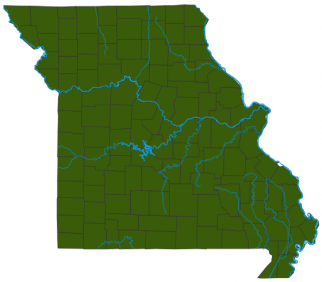
Statewide.
Habitat and Conservation
Occurs in moist lowlands near streams and rivers. It is the fastest-growing native tree in Missouri, reaching 50 feet in height and 8 inches in diameter in as little as 6 years under good conditions. Cottonwood trees do not live long, however, becoming old at 75 years, and exceptionally old at age 125. This tree has the ability to sprout from woody stem cuttings, and 3-foot sections can be pounded into eroding banks and be left alone to grow and stabilize a stream or river’s edge.
Status
Common.
Human Connections
The valuable wood is used for veneer, kite and ice cream sticks, baskets, pulpwood, and fuel. Humans utilize cottonwood’s ability to sprout from woody cuttings and enlist it as a plant for stabilizing banks of waterways. A tea made from the bark had many historic Native American medicinal uses.
Ecosystem Connections
Cottonwood is one of a suite of fast-growing lowland trees commonly found along waterways, so it is an important component of river and stream ecosystems, providing shelter and food to numerous species. Grosbeaks eat the seeds. Beaver eat the bark, leaves, and buds. Deer eat the twigs and leaves.
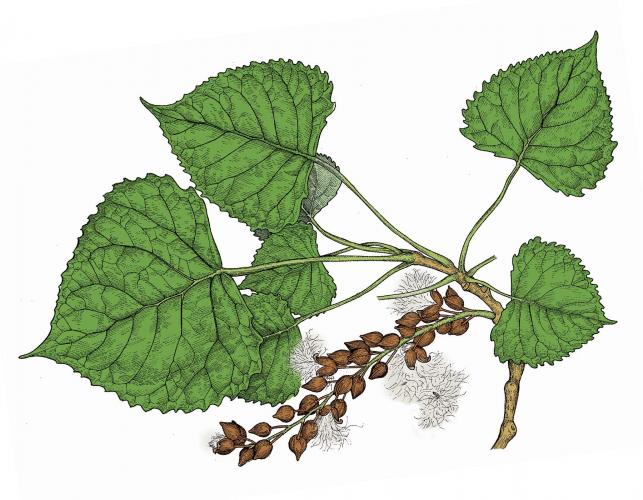
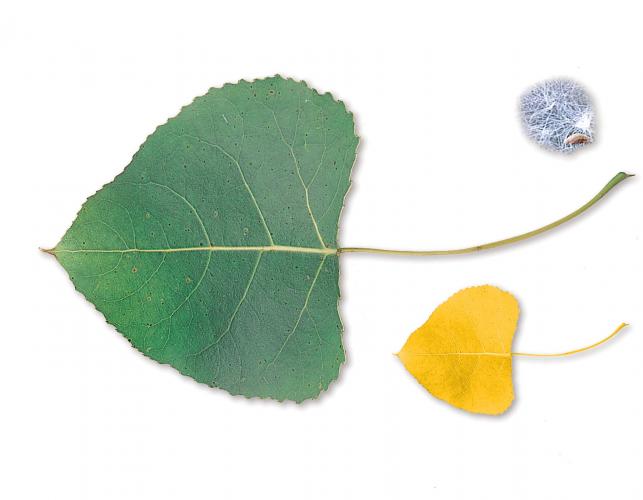
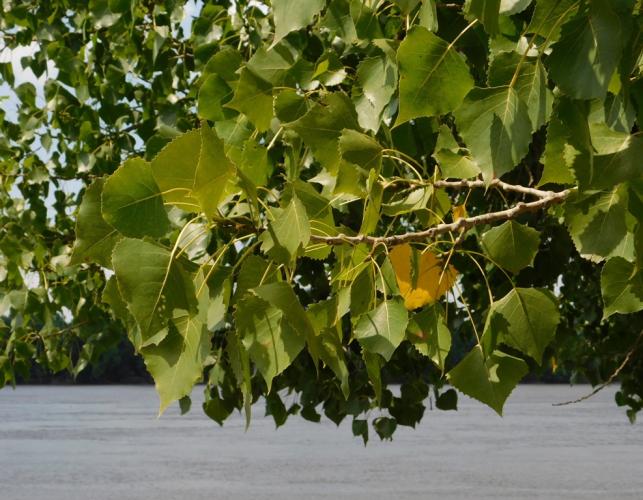
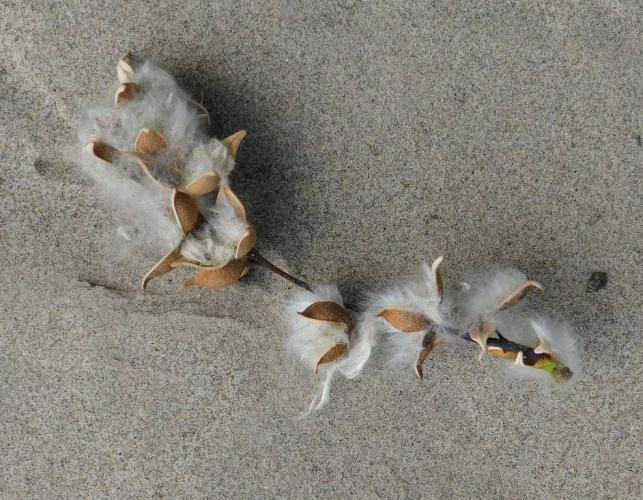
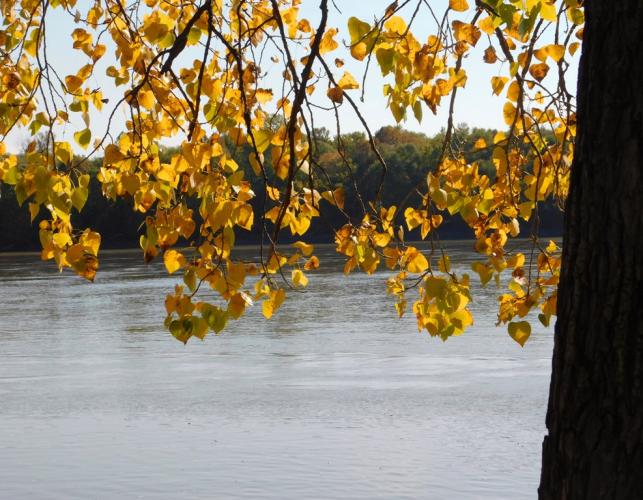
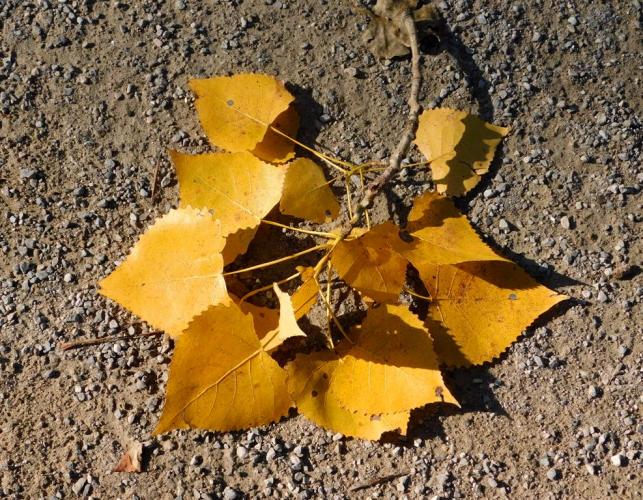
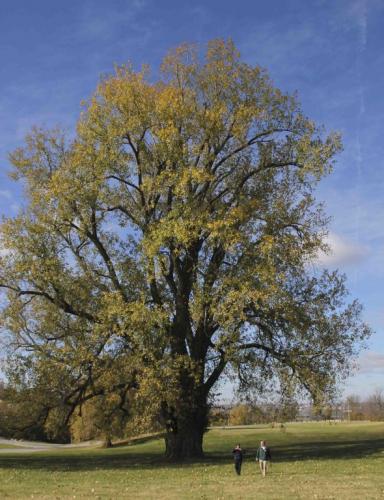
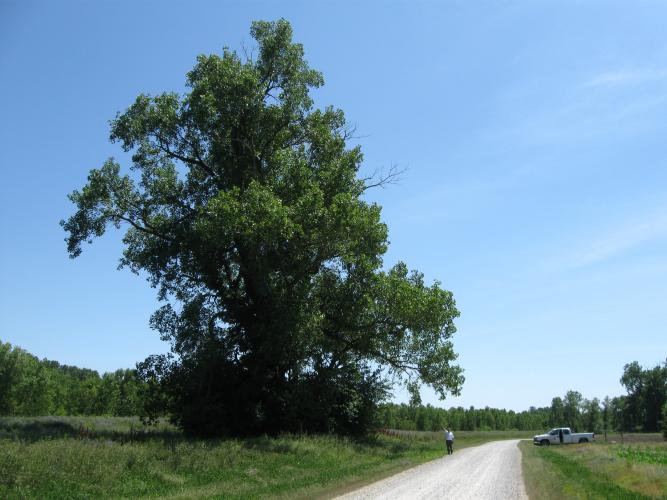
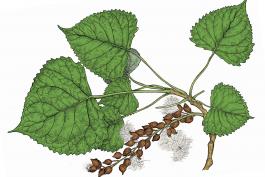
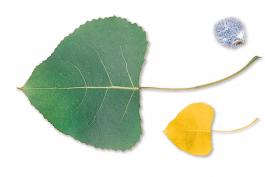
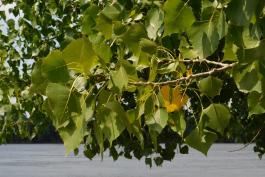
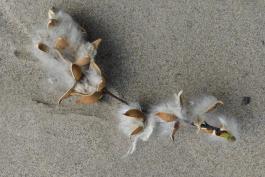
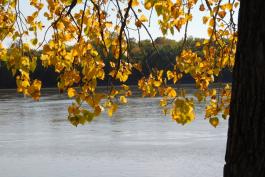
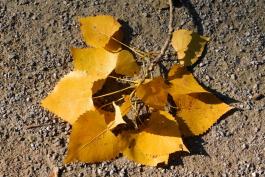
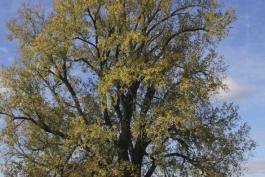
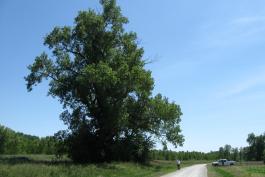
Where to See Species
The boat ramp closes when the river reads 33' on the Cape Girardeau river gauge. The boat ramp is not usable when the Mississippi River is at or below 8' on the Cape Girardeau river gauge.






















